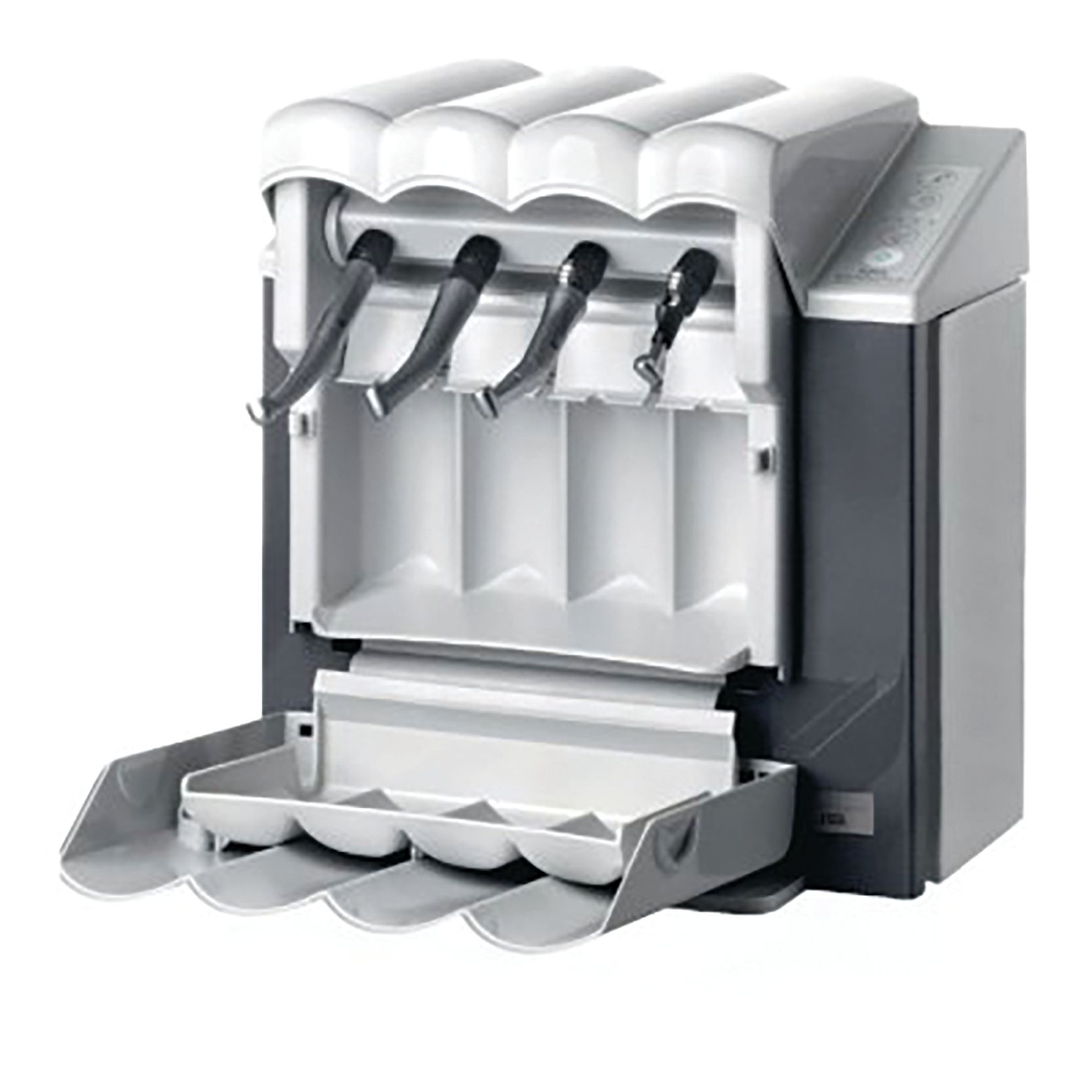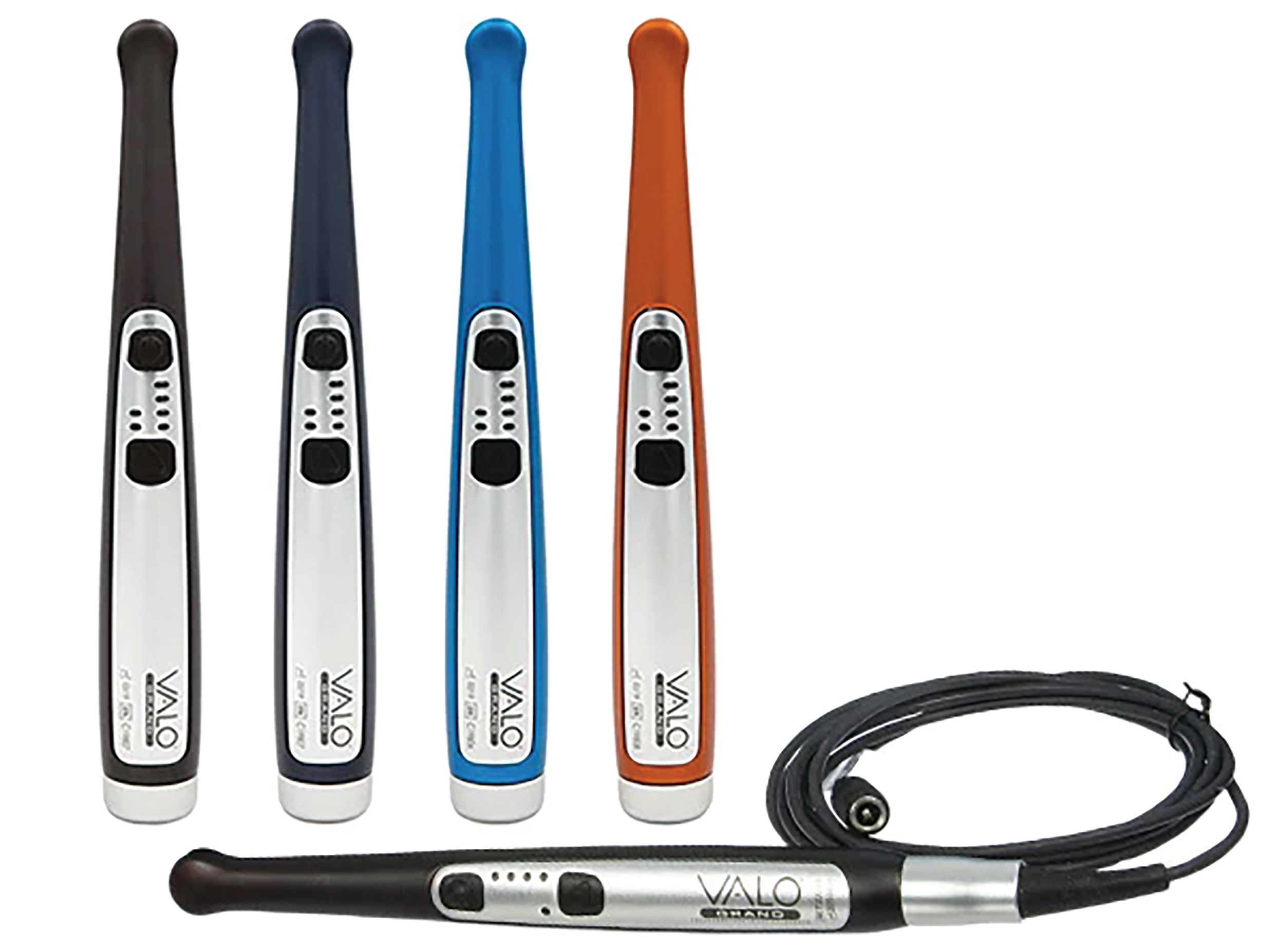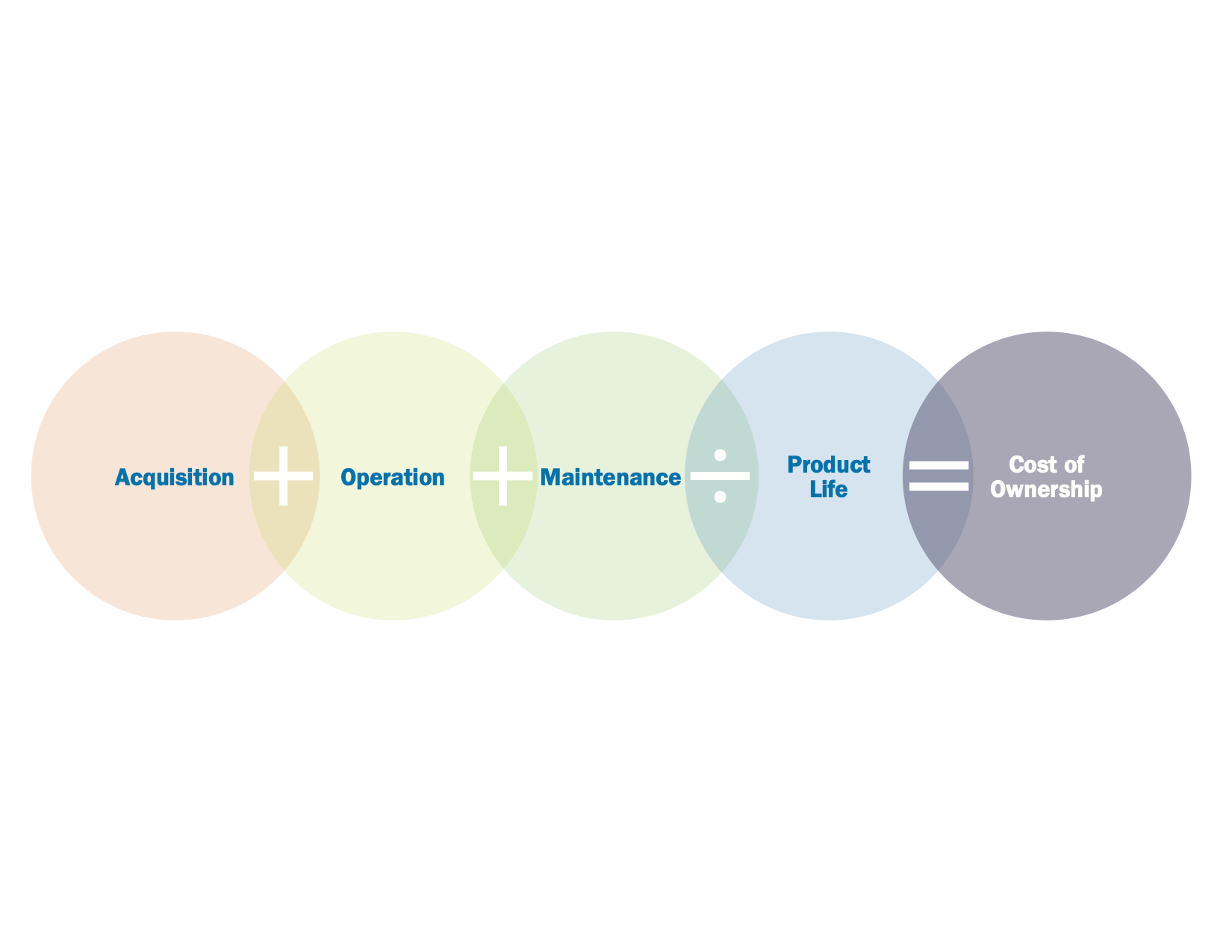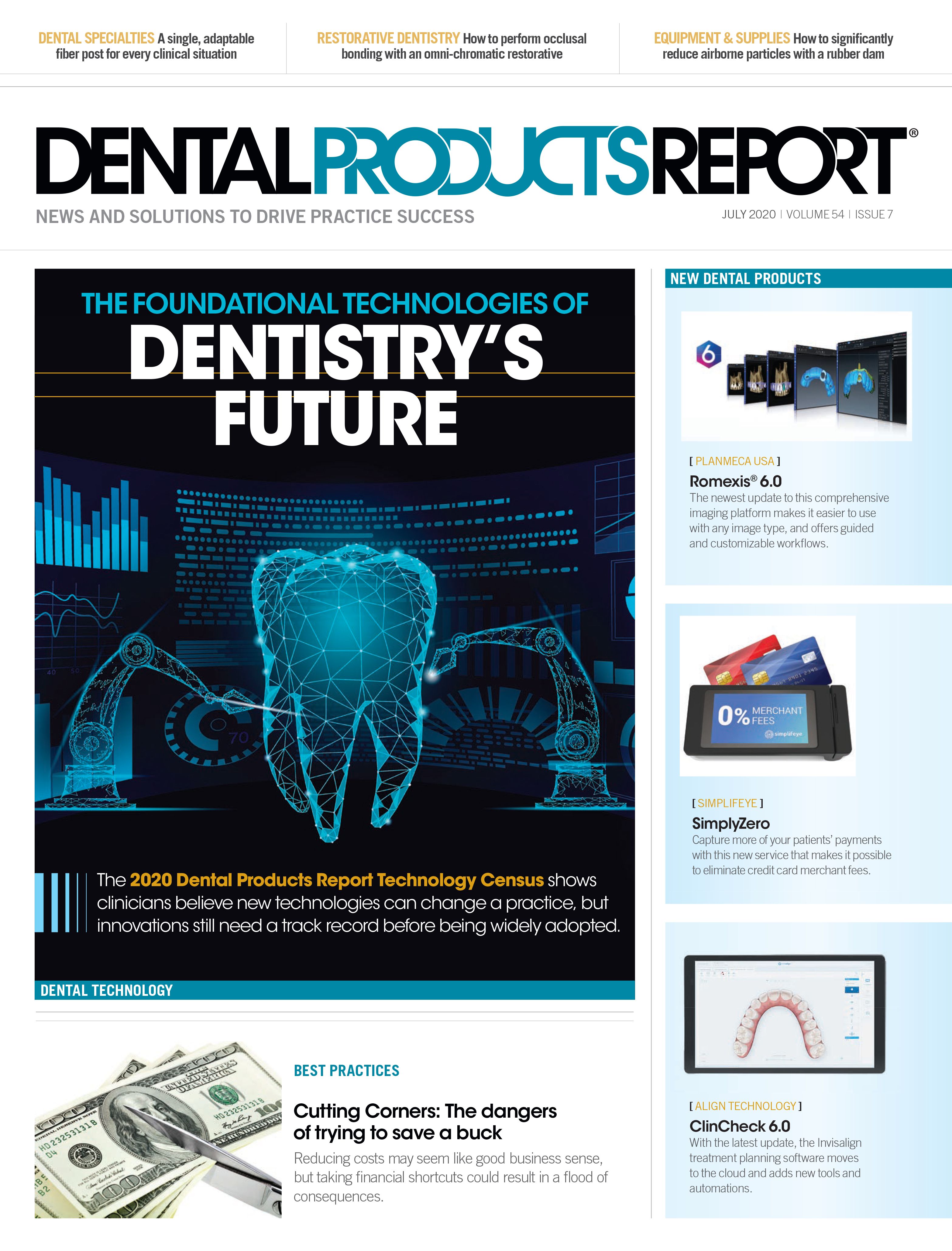Cutting Corners: The dangers of trying to save a buck
Reducing costs may seem like good business sense, but taking financial shortcuts could result in a flood of consequences.
Clichés are typically cheesy or tacky, but sometimes they communicate precisely the right message. For instance, all these idioms are appropriate because they generally ring true: You get what you pay for. The cheap comes out expensive. If it seems too good to be true, it probably is.
Platitudes or not, there are many different ways to express this idea because it is a true yet unheeded observation: Cutting corners costs more in the long run versus spending money wisely at the start. But a practice’s pocketbook isn’t the only thing that takes a hit when dentists try to save a buck. Patient safety, as well as the practice’s reputation, is at risk.
Non-genuine Parts
Often dentists balk at spending money on name-brand parts and equipment. After all, if they can buy something on eBay for $100, why spend $2,000 for a similar piece of machinery? The answer, of course, is that they are not the same.
“In the U.S., there is sort of a pandemic going on in dentistry, and it is 100 percent due to a lack of education on the topic,” says Daniel Call, national sales director for Bien-Air Dental. “This can be demonstrated, very simply, by going on eBay and looking at companies like Yabangbang. They are most famous for the $25 handpiece. It is a non–FDA-registered, non–FDA-approved $25 handpiece that is sold, manufactured, and imported from China.”
Regrettably, identifying this problem is unlikely to change any minds, Call observes. It’s hard to convince dentists that these cheaper handpieces are more costly in the long run when they’re saving money now.
Regularly maintaining a handpiece, such as the Tornado from Bien-Air, can be a major factor in the life of the product.

“[You can] go to one of the dentists who are buying these $25 handpieces and say, ‘This is not FDA approved. It’s going to impact your patient or your practice. There could be cross-contamination,’” Call says. “Well, that’s not their experience. There’s no dead body from this $25 handpiece. And if there were, they would be shut down and locked up. The reality is that they’re selling tens of thousands of these things. There are thousands of offices that are living and thriving with the cheapest handpiece you can buy.”
Expensive purchases that can lead to problems because of non-genuine parts aren’t the only concern. If a piece of equipment requires repair, some dentists may opt for a substandard or even sham replacement part.
“What we often see coming into our repair shop are KaVo handpieces with counterfeit, non-genuine original equipment manufacturer [OEM] parts,” says Gabe Rivera, MBA, product manager for KaVo Kerr. “This can be a detriment to the doctor and a detriment to the safety of the patient. In addition, [in] thinking about the hidden costs and hidden expenses, often you [think] about a short-term fix but not the long-term financial burden, if it doesn’t get fixed right the first time. The perception is that these counterfeit, non-genuine parts are an easy, cheap, quick fix most of the time.”
Rivera compares it to just placing a filling when a crown is more appropriate. The patient won’t have the same functionality over the long term. “They’re going to end up investing more money in a longer, sustainable treatment later on,” he says. “The same principle applies with handpieces. The idea is that when you have a handpiece in your practice, when you buy it new, it’s got genuine parts in there. It’s got the parts that have been rigorously tested and maintained to the highest qualities and standards of the manufacturer.”
The QUATTROcare Plus from Kavo Kerr is a handpiece maintenance system that can help eliminate human error when it comes to instrument upkeep.

Dentists may even be unaware that repairs were made with counterfeit parts. But when the handpiece breaks down again, manufacturers can often trace failures back to those failing parts.
“When you substitute those parts with something else…those [non-genuine] parts may fit and work in the handpiece, but they may not fit and work ideally,” Rivera says. “Often, we see handpieces coming in with counterfeit turbines that are causing grinding, bur instability, and overheating. Now they’re paying for real parts on top of the counterfeit ones that were no good.”
Do It Right
Dental products, equipment, and materials require exact levels of precision and accuracy. Cheaper options are usually priced as such because they do not comply with those standards. Take curing lights, for instance. These are available on eBay, even models that promise the same light output as a brand-name product, at a fraction of the cost, notes Gary L. Findley, DDS, a clinical adviser for Ultradent Products, Inc. But the manufacturers of those knockoff curing lights may be promoting misleading claims.
“They measure the amount of light going into a very small area,” Findley says. “And that’s great, as long as you’re just curing this extraordinarily small area. But are you curing the complete restoration, or are you just concentrating that light in a ridiculously small area?”
The result is a problem with the restoration and, ultimately, a problem for the patient. This can be problematic, as not having a proper polymerization can weaken a restoration and cause other issues, he says.
“We spend so much time and effort with our isolation, with our adhesives, trying to get these great preps together, but if we don’t polymerize our material, that’s going to come back to bite us…in terms of replacing restorations, failing sensitivity, [and] in any number of things that are going to really create problems down the road,” Findley notes. Trying to save money on equipment such as curing lights is like trying to save money on a bulletproof vest or a parachute, he adds.
These issues exist on a larger scale. Shortcuts can affect practice construction and renovation as well. Dentists must be sure contractors understand the intricacies and details of installing equipment for a dental practice. This is particularly critical when receiving a friends-and-family discount.
Knockoff curing lights can cause improper polymerization and weak restorations. The VALO Grand LED Curing Light from Ultradent offers more accuracy and durability.

“If an electrician doesn’t understand how it hooks up at the junction box or underneath the cabinet, they don’t understand how much power the building is actually going to need,” Tim Palmer, territory manager for A-dec, says. “When you get a contractor who’s not familiar with dental offices—especially one you’re related to—they don’t have these dental subcontractors, whether it be an electrician, a plumber, [or another professional]. Then when they come in, they end up underbidding the project to begin with because they didn’t really understand the scope of it.”
Not only does the cost of the project itself go up, but a domino effect follows. If the project winds up taking longer than planned, rent may be due before money starts rolling in. “You’re now paying for a dental office where you’re not able to produce any dentistry,” Palmer says. “And that’s why it’s really important to choose a good contractor. [Otherwise,] it ends up costing more because they just don’t know what they don’t know.”
In new construction, Palmer often sees dentists eager to build the entire practice even before a need exists. That is, they may decide to construct all the practice’s operatories, but to ensure they can afford the project, they wind up buying cheaper equipment.
“They’ll go to less costly equipment, and it will have maintenance almost immediately,” Palmer observes. “When they go to the lower-end lines of equipment, after about five years, they’ll end up replacing that equipment already. That’s a lot of money to eat. It seems like you’ve saved a lot of money in the beginning because you’ve got all five rooms for the same price.”
Given that scenario, Palmer recommends working in phases. “We normally tell them to do a scale,” he says. “Start with three treatment rooms. It’s not just the longevity of the equipment that affects the dentists; it’s also the usability or the functionality of the equipment. When you go to a lower-end range of equipment, it typically doesn’t have a lot of the features that [dentists] may want.”
Maintenance
When equipment does have an issue, manufacturers often send representatives to the offices to see how handpieces are maintained. This is to ensure practices are following manufacturer guidelines on proper care and upkeep.
“The KaVo rep goes to the office and just observes the maintenance procedure,” Rivera says. “One of the things that we see over and over again is a lack of proper lubrication and purging of the handpiece. During the reprocessing portion, after you treat a patient, you put the handpiece through reprocessing that involves disinfection. Now you have excessive oil in the handpiece that can potentially get into the patient’s mouth. It’s not only expelling excess oil from that handpiece but also removing any debris and buildup that’s potentially inside.”
Maintenance can be performed by hand, but that leaves a lot of room for error and subjectivity, Rivera says. That is why KaVo has developed the QUATTROcare Plus, an automatic handpiece maintenance system. “This device is intended to lubricate and purge the handpiece according to a set programming. We’re essentially trying to minimize the amount of human error involved,” he explains. “This puts a sufficient amount of lubrication in the handpiece, according to how we programmed the device.”
Maintenance machines can sometimes be a hard sell for doctors. This is especially true after dentists have already spent considerable money on the device itself.
“The knee-jerk reaction of all the brands has been, ‘Well, buy this $2,000 maintenance machine, and that will solve all your problems,’” Call says. “The last thing a person wants to hear is, ‘This $700 turbine that I bought from you doesn’t work, so buy this $2,500 maintenance machine.’ The reality is, there are a lot of environmental factors in a dentist’s office that contribute to premature failure.”
Hidden Costs
Several little things can add up and hit the dentist’s wallet. Sometimes dentists need to take extra care in acquiring the right parts. When making a repair, they should always ask for genuine parts.
“The KaVo Care system is the safest way to ensure genuine OEM parts, but we also have KaVo-certified technicians with our dealers and distributors, and they do have access to genuine KaVo parts,” Rivera says. “However, there is a caveat here: If the doctor doesn’t specifically request that genuine KaVo OEM parts be used to repair and restore the handpiece, then typically we see our certified service providers automatically put their house-brand parts in there.”
Genuine parts do matter. The doctor may not experience a catastrophic failure, but performance can take a hit. “We ran tests on handpieces that had been repaired with non-KaVo OEM parts,” Rivera says. “The torque rating went down, max power went down, and the average noise level went up. You expect the quality to be there, the performance to be there, and then you get your handpiece back, and suddenly, it does not feel the same. It doesn’t cut the same. It’s louder, noisier.”
Additionally, a piece of equipment that is out of commission for a long period because of a poor repair will affect the practice’s productivity. “Every time a doctor has to send it out for repair, they are taking the handpiece out of use,” Rivera says. “That means they no longer have that handpiece in circulation to treat patients, which could mean they have additional downtime [while] waiting to reprocess handpieces between patients.”
Patient Safety
Perhaps the most expensive piece involves harm to the patient as a result of these cost-cutting measures. For example, a patient may come for a follow-up appointment and complain of post-operative sensitivity after a procedure on a tooth, Findley says. This could have a negative impact on the practice’s reputation.
“Patients come to us so often, and they’re not even aware they have a problem, and then we can create a situation where, after we ‘fix’ it, now the tooth bothers them. All because we didn’t get effective polymerization because we tried to save a few bucks on a curing light,” Findley says. “If you have to replace a restoration, how much is that costing you? You lose a patient and maybe the patient’s family or potential referrals, and that’s costing you a lot of money.”
When equipment doesn’t operate as expected, problems are sure to follow. Add in a counterfeit or a non-OEM part in a handpiece, and the integrity of the handpiece is compromised, Rivera says.
“The biggest concern that we have is broken burs and burs shooting out of the chuck and getting stuck in the patient’s mouth or throat, potentially causing a lot of harm,” Rivera says. “Obviously, when a doctor sends in their handpiece for repair and they get it back, they’re expecting it to perform and run exactly as the first day they bought it, and they’re finding that that’s not the case.”
Getting the best deal is not synonymous with penny-pinching. Responsible practice owners need to ensure they are getting the most bang for their buck. The deals are out there, but it’s up to the doctor to be vigilant.
“We’re in an age right now where we can get anything online,” Findley says. “We can shop to an extent that we’ve never been able to before. I’m in my 20th year. When I started, we went through the major dental companies for anything and everything. You went through your reps. Now I have the ability to get online, and I can price shop at so many different places so easily, [so] we can really be efficient with our ordering. But let’s only take that to a certain extent. Let’s know the areas where we want to get the best possible deal and other areas where we refuse to make compromises. I’m not above getting a bargain. I’m all for it. It’s just that in some areas, you sometimes have to dig a little deeper and maybe scratch your head for one or two minutes longer. And then the reasons become obvious.”
Where (and how) to find savings for the practice
Trying to save money can come back to haunt a dentist, but smart ways to spend money exist. The key, of course, is to know where practices can and should look for savings and when not to compromise.
Supplies Practices tend to equate things like handpieces, intraoral scanners, and office renovations with high expenses. But the little things add up, too.
Jeremy Krell, DMD, MBA, is the vice president of business development for Supply Clinic, an online marketplace for dental, medical, and personal protective equipment supplies. He estimates that 5 to 10 percent of most practices’ spending is on supplies. A lot of that expense, he says, is the result of a lack of price transparency and distributor price markups.
Product life, including routine maintenance and upkeep, is just one part of the cost of practice ownership, but without working devices, dentists could be performing subpar procedures.

“Some very large distributors sort of run the market, which blunts price competition,” Krell says. “They mark up as high as 30% to 40%. There’s really no price transparency. Nobody has any idea of what the costs of these goods are, much less what a little bit of markup really means. It’s just not visible.”
Supply Clinic’s mission is to provide access to those supplies at a lower, more transparent price. The website is an online marketplace for dental supplies and provides practices a broad, comprehensive selection of products, Krell adds.
“It has very small to very large manufacturers and small to midsize distributors. They’re able to list their products and pricing openly,” Krell says. “Supply Clinic lets customers see different prices for the same product and, by extension, put together a basket of products from a number of sellers and check out in a single…process.”
The result is a savings of up to 30% on supplies from established, well-known brands, Krell says. This weeds out unauthorized third-party sellers who peddle illegitimate products. “They can compare prices and only feature authorized sellers,” he says. “There is no gray market where you have unauthorized third-party sellers, so we’re saving you costs on legitimate products.”
Research Before spending thousands of dollars on a piece of equipment, dentists should decide on a few key metrics. They can start to realize value by researching available warranties. “The best way is to find the longest warranty,” Daniel Call, of Bien-Air Dental, says. “So, for example, we have a handpiece right now that has a 5-year warranty. If you have a 5-year warranty, you incur no expenses.”
To get an idea of the true cost of handpiece ownership, Call says to add up the repair expenses and then compare them with the cost of an extended warranty. “Go back to your repair shop and ask them to tell you what you’ve spent on repairs over the past five years,” Call says. “I would challenge people to actually see how much money they’re really saving. I think, without that kind of warranty, in the end you’re not saving as much as you think you are. You can go shop handpieces by the turbine and the warranty. And then investigate what a business owner does, add the acquisition cost and the cost of repair, and see whether that will equal one Tornado X from us with a 5-year warranty. It’ll make your day-to-day life better.”
Prioritizing a practice’s purchases, with an eye toward return on investment, is a wise strategy.
“Let’s say they wanted to have nice treatment room equipment, but they really had been interested in 3D printers,” Tim Palmer, of A-dec, illustrates. “What is the 3D printer really going to bring to a brand-new dental office? It’s not going to bring a tremendous amount of value. Maybe it’s time to decide not to spend the money on something that’s not going to show a fast rate of return on the investment. A 3D printer will be something to plan for, but instead of getting it, reprioritize and reallocate that money for something else. For instance, if [dentists are] buying our treatment room consoles or dental furniture in the treatment rooms, they’ll not spend the money and buy our sterilization. If [dentists] said, ‘OK, I’m going to hold off on this 3D printer. I can get a sterilization from a dental equipment company that actually is designed to last and designed to make sure I adhere the CDC and OSHA [Occupational Safety and Health Administration] guidelines, because the local cabinetmaker doesn’t know how to design a sterilization.’ Frankly, a lot of dentists don’t either, because they don’t go into sterilization.”
Total cost of ownership Regardless of the reason a dentist is in the market—be it for furniture, equipment, or instruments—looking at the total cost of ownership is important in realizing the actual cost. “They need to look at what’s the cheapest cost of ownership,” Palmer advises. “And what that means is: What is the purchase price? What do you have to do to keep up with that equipment through the years that you’re using it? What’s it worth when you get rid of it—in other words, if you either sell the office, if you sell the equipment? Total cost of ownership is what we encourage customers to look at.”
The best value for an investment is also realized by the manufacturer of the equipment or furniture. “We tell them to get what you can afford but [buy equipment] that is going to be reliable and functional,” Palmer says. “I would never tell somebody to get the most expensive thing. [Many] times, when I start up a new office, I’ll get them to go into our 300 series or a 400 series, and we tell them, ‘OK, this will be your hygiene room in the future,’ because they don’t need as much functionality from a hygiene room. There’s typically one operator in that room, and if there’s an assistant, they’re not doing nearly as much. They’re not doing multiple procedures, so it’s a good way to get in and not spend as much. And then, if they want to get something more high-end for their treatment rooms, they’ve already got cash flow built up in the office. And then they can go buy the really nice care package that they really wanted to start with but didn’t have cash flow for in the beginning.”
Saving money isn’t as simple as finding the cheapest box of gauze or handpiece. Achieving optimal savings is a delicate balance of finding the right vendor and a good warranty, determining the total cost of ownership, and many other factors that go beyond the sticker price. Practices and dentists do not want to spend more money than they have to for anything. However, trying to take the quick, inexpensive avenue can have negative consequences.

How Dentists Can Help Patients Navigate Unforeseen Dental Care
December 12th 2024Practices must equip patients with treatment information and discuss potential financing options before unexpected dental treatments become too big of an obstacle and to help them avoid the risk of more costly and invasive procedures in the future.